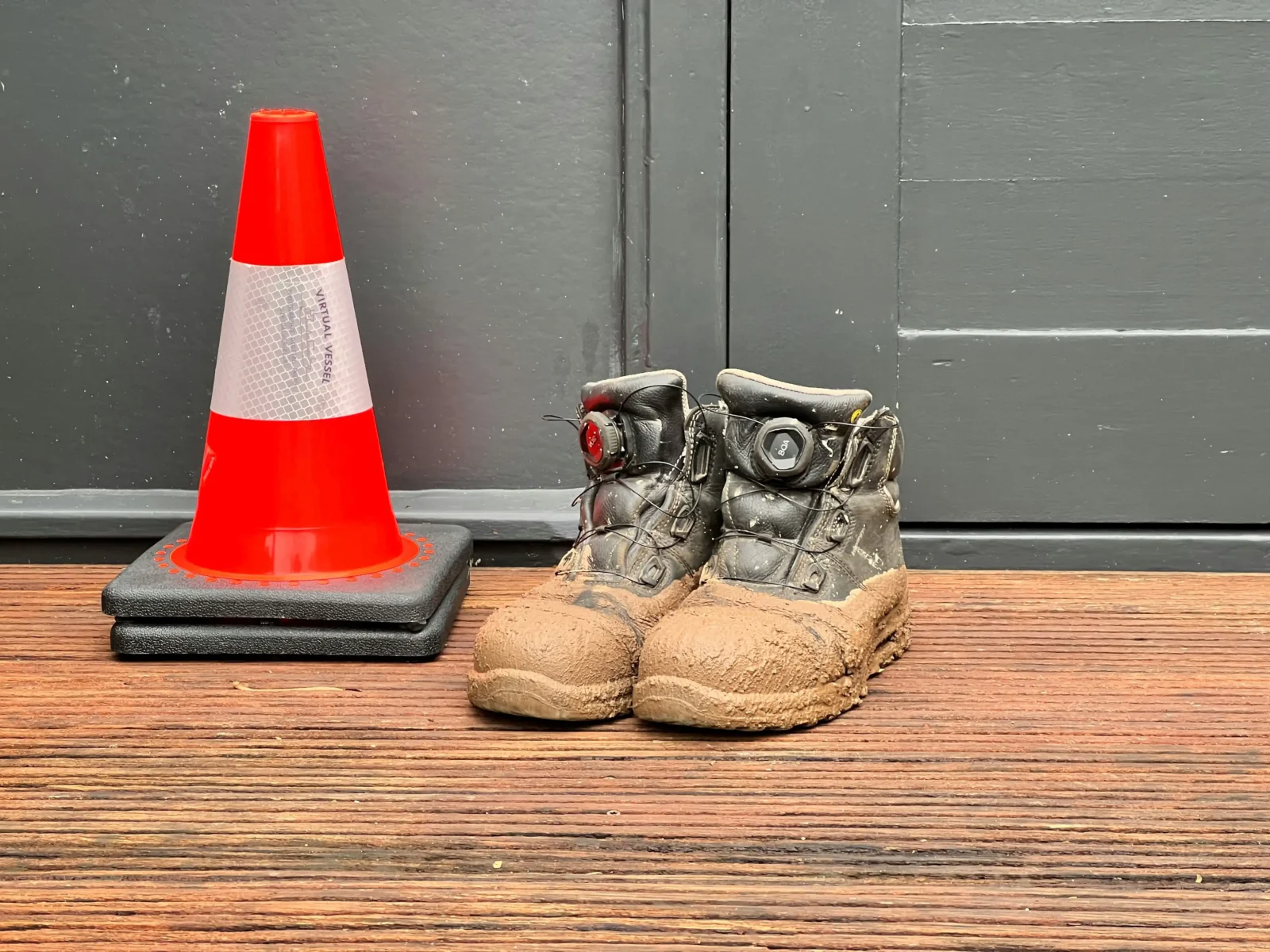- Home
- Articles
- Architectural Portfolio
- Architectral Presentation
- Inspirational Stories
- Architecture News
- Visualization
- BIM Industry
- Facade Design
- Parametric Design
- Career
- Landscape Architecture
- Construction
- Artificial Intelligence
- Sketching
- Design Softwares
- Diagrams
- Writing
- Architectural Tips
- Sustainability
- Courses
- Concept
- Technology
- History & Heritage
- Future of Architecture
- Guides & How-To
- Art & Culture
- Projects
- Interior Design
- Competitions
- Jobs
- Store
- Tools
- More
- Home
- Articles
- Architectural Portfolio
- Architectral Presentation
- Inspirational Stories
- Architecture News
- Visualization
- BIM Industry
- Facade Design
- Parametric Design
- Career
- Landscape Architecture
- Construction
- Artificial Intelligence
- Sketching
- Design Softwares
- Diagrams
- Writing
- Architectural Tips
- Sustainability
- Courses
- Concept
- Technology
- History & Heritage
- Future of Architecture
- Guides & How-To
- Art & Culture
- Projects
- Interior Design
- Competitions
- Jobs
- Store
- Tools
- More
Using Architectural Sketching As A Tool For Learning Foreign Languages

When we learn a language, we are used to working with words and texts. But in fact, the brain remembers best what is associated with an image. Architectural sketching is a perfect example of such a practice. Each drawing turns into an anchor for a word or expression. If you draw an arch and sign it in English “arch”, the picture and the word begin to exist together. In a week, you can forget dozens of words from the textbook, but the image of the arch and its name will remain in your memory.
Table of Contents
ToggleArchitectural sketching as a picture dictionary
A sketch is not just a drawing, it is a personal visual encyclopedia. Imagine that you are drawing an old city: tiled roofs, narrow streets, lanterns. Next to it, you write short phrases: narrow alley, sloping roof, street lamp. Over time, you form a notebook, where each spread is a set of vocabulary associated with a specific image. Such a dictionary is much more valuable than standard word lists: it is unique, emotionally charged, and directly related to your experience.
Cultural context as part of language learning
Architecture always bears the imprint of culture. When you draw a Gothic cathedral or a minimalist glass skyscraper, you not only learn the words, but also master the context in which they live. For French, these will be terms related to Renaissance castles and Parisian attics. For Italian, words about domes, palazzos, and bell towers. For English, descriptions of Victorian houses or industrial neighborhoods. This approach helps connect the language with real history and culture, which makes its acquisition deeper and more meaningful.

Technology enhances the effect
Today, architectural sketching can be combined with digital tools. For example, you sketched a bridge, labeled it in English as arch bridge, and the app immediately suggests additional terms: keystone, abutment, span. Artificial intelligence not only expands vocabulary, but also helps with pronunciation, grammar, and context. It is no wonder that you can increasingly hear the advice: learn English with AI – these creative connections make the process exciting.
Who is this method especially useful for
For students of architecture and design faculties, sketching can become a dual tool: consolidating professional knowledge and mastering a foreign language. For travelers, it is a way to keep an unusual travel diary. Instead of dry notes about sights, there are sketches with phrases that are easy to remember years later. For teachers, it is an original method of engaging students, where the language is learned without boring exercises, but through art and play.
Architectural sketching as a practice of engagement
It is important that language does not exist separately from life. We don’t learn abstract words, we connect them with what we create with our own hands. This causes an emotional attachment to the material. And emotions, as we know, are the best “glue” for memory. When we draw and sign architectural elements, we don’t just remember words – we live them.
When language becomes part of creativity
As a result, architectural sketching ceases to be an exclusively artistic practice. It turns into a bridge between visual perception and language acquisition. The more often we create these associations, the more naturally language enters our speech. This is a process in which grammar and vocabulary are learned organically, and not through cramming.
Bottom line
Learning a foreign language always requires discipline, but it is creative methods that allow you to make it a part of your life. Architectural sketching shows that learning words can be easy, natural, and even beautiful. Language ceases to be an obligation and becomes an exciting discovery, and each drawing becomes a step towards fluency in speech.
illustrarch is your daily dose of architecture. Leading community designed for all lovers of illustration and #drawing.
Submit your architectural projects
Follow these steps for submission your project. Submission FormLatest Posts
Understanding Site Safety Footwear in Architectural Practice
Architecture is often discussed through drawings, models, and finished buildings, yet a...
General Arrangement Drawings in Architecture: The Backbone of Clear Design Communication
General Arrangement Drawings explained: what they are, when to use them, how...
The Ultimate Guide to Fencing in North Dakota: Choosing the Best Fence for Your Property
Watching a chain link fence twist in 70 mph winds near Minot...
Gaudí: Where Architecture Meets Science
Gaudí: Where Architecture Meets Science shows catenary arches, ruled surfaces, and biomimicry...












Leave a comment